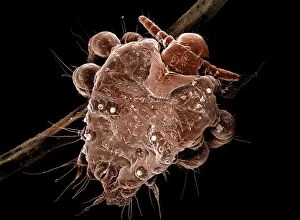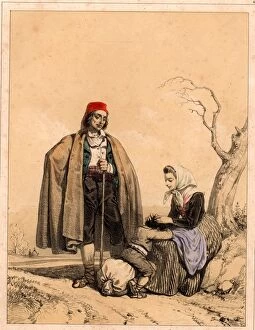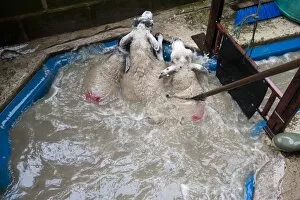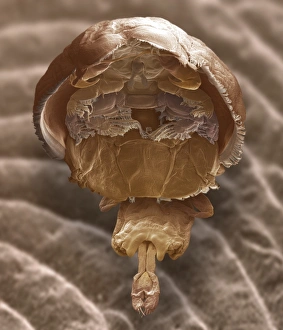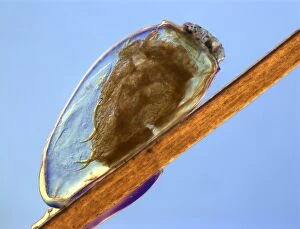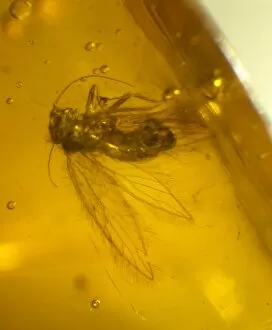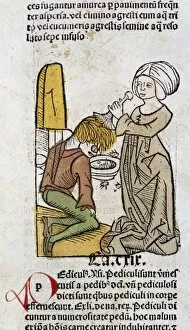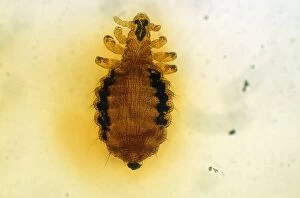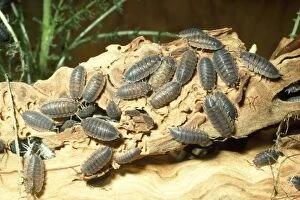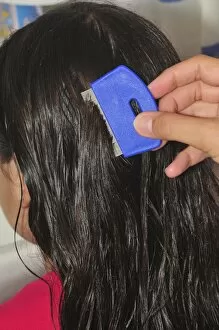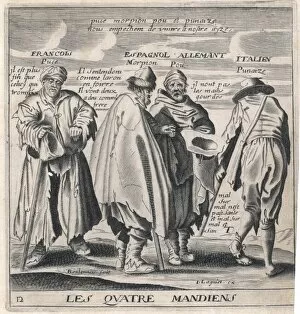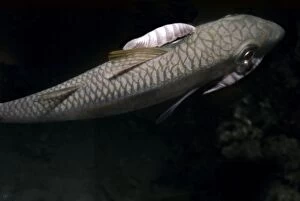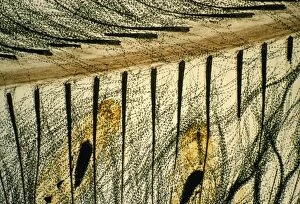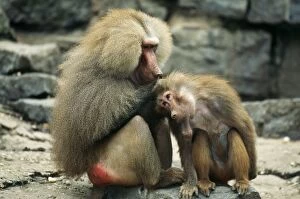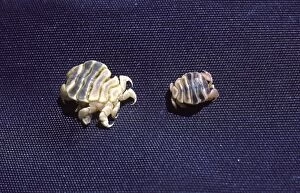Lice Collection (page 2)
"Lice: A Historical Tale of Infestation and Survival" In the depths of history, they have plagued both man and beast
All Professionally Made to Order for Quick Shipping
"Lice: A Historical Tale of Infestation and Survival" In the depths of history, they have plagued both man and beast. From Suffragette Cat Scratch and Fight Police to Searching for Head-Lice, these tiny creatures have left their mark on our collective memory. Even in the tranquil world of aquariums, fish louse feeding on tropical fish reminds us that no creature is safe from their grasp. And during World War II, a chilling poster warned about typhus and how it spreads – a stark reminder of the dangers lurking within these minuscule pests. Nature itself bears witness to their presence; Southern right whales adorned with calluses covered in parasitic crustaceans show just how intertwined life can be. In centuries past, engravings depicted the plague and midges tormenting humanity – an affliction that spared neither beggars nor wealthy alike. The struggles faced by society's most vulnerable are evident in Plate 2: a group of people in the street, possibly beggars. Even children were not immune as seen in Poor Boys litho from the 19th century or Old Woman Delousing a Boy litho where compassion met necessity. Throughout medical history, efforts were made to combat this persistent problem. Manuscript ms 2510 reveals delousing sessions described within its vellum pages while Lice bane plants like Delphinium staphisagria offered hope against infestations alongside lousewort remedies. And finally, Nervous Malady illustration from The Works of Hippocrates serves as a testament to the psychological toll these parasites can take on individuals. Lice may be small but they hold great power over our lives - reminding us that even amidst adversity we find ways to fight back and survive.







